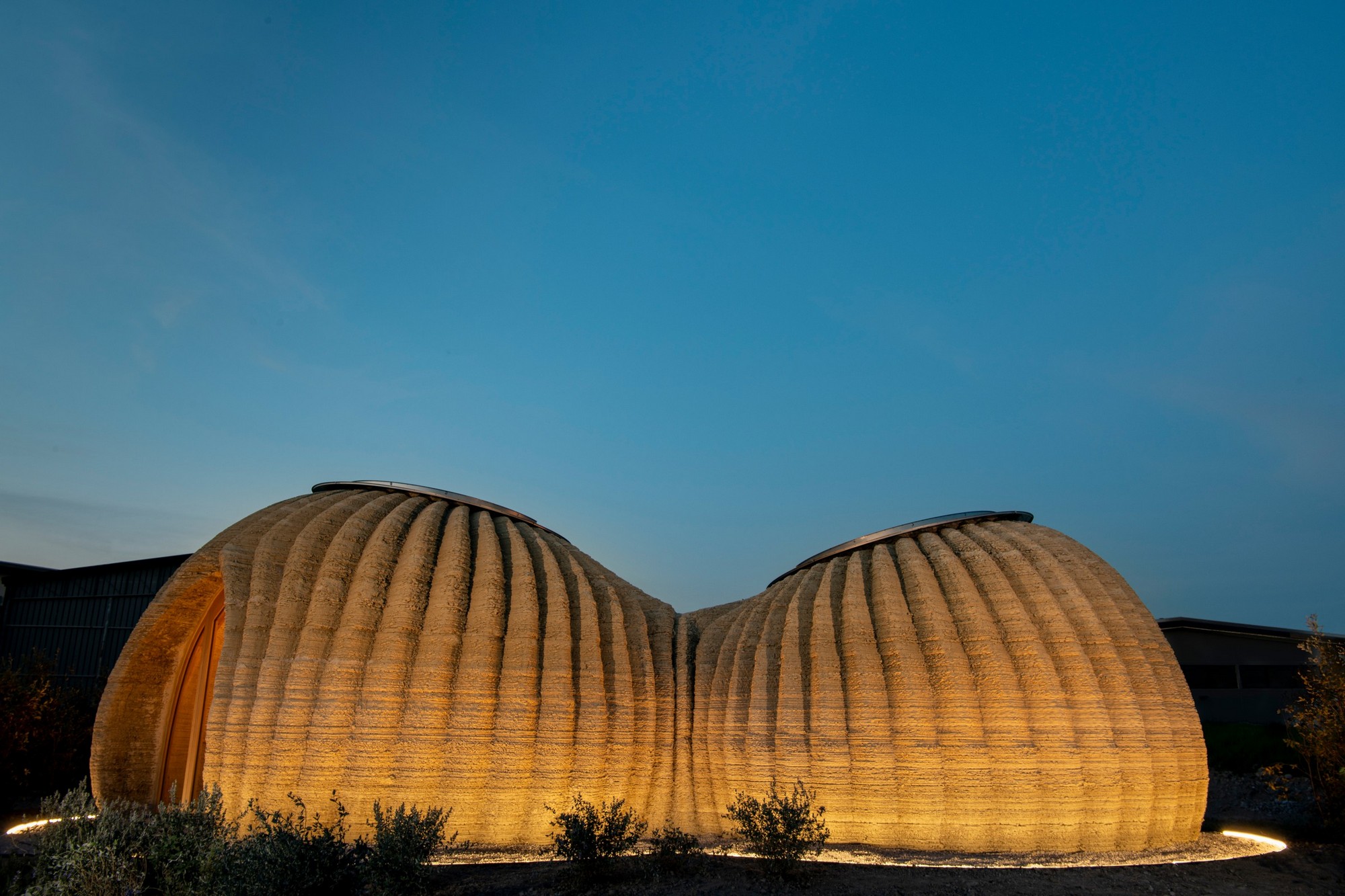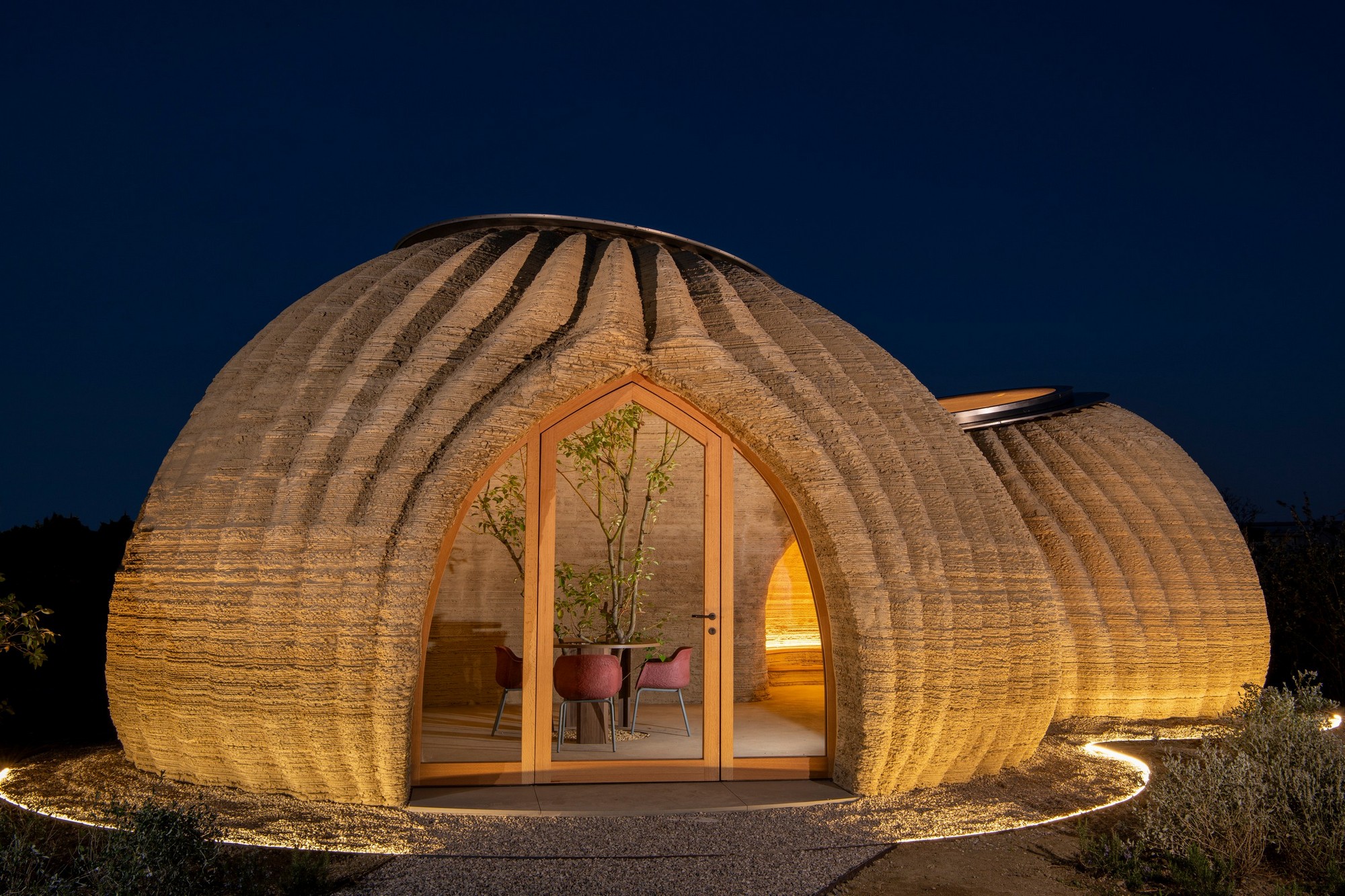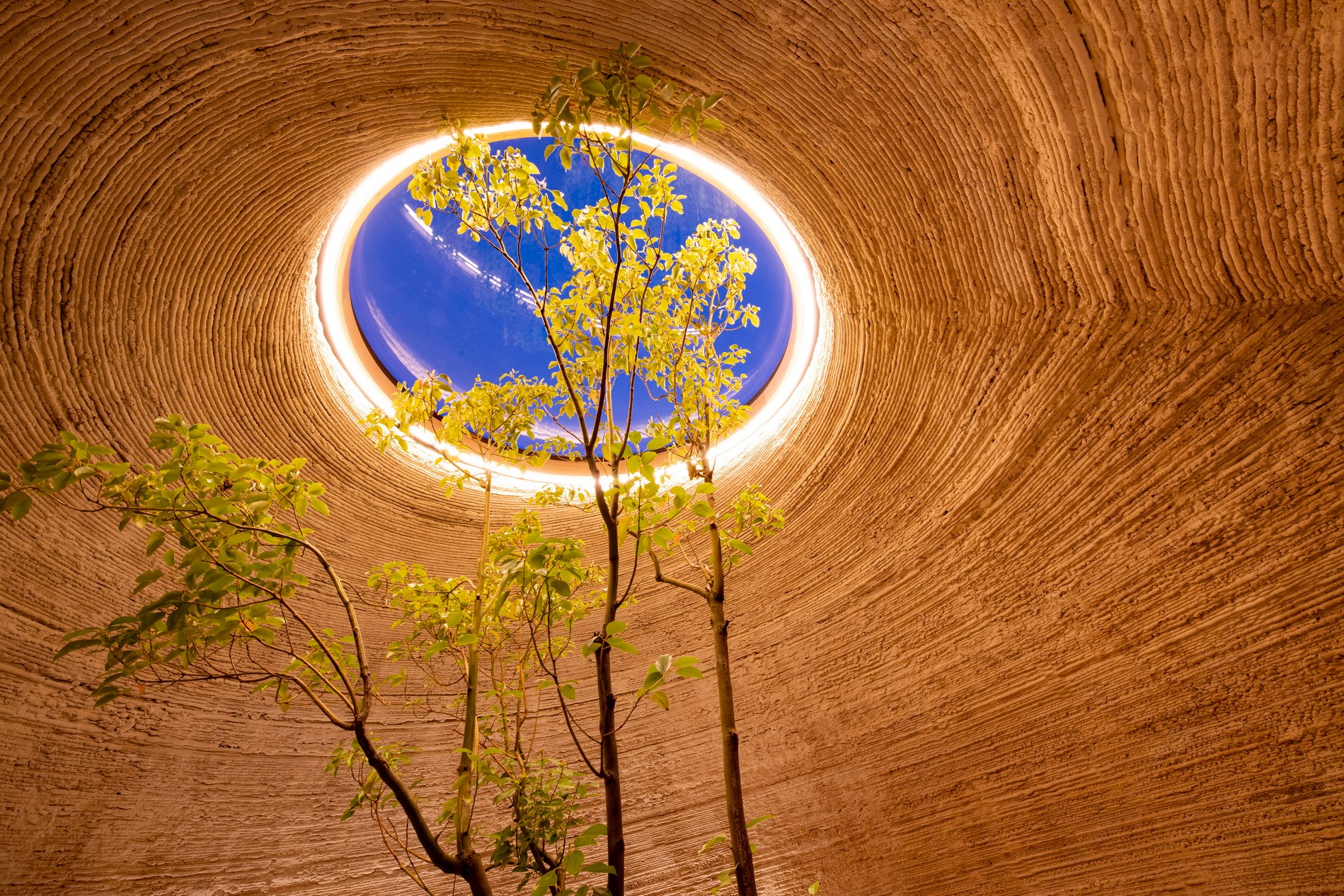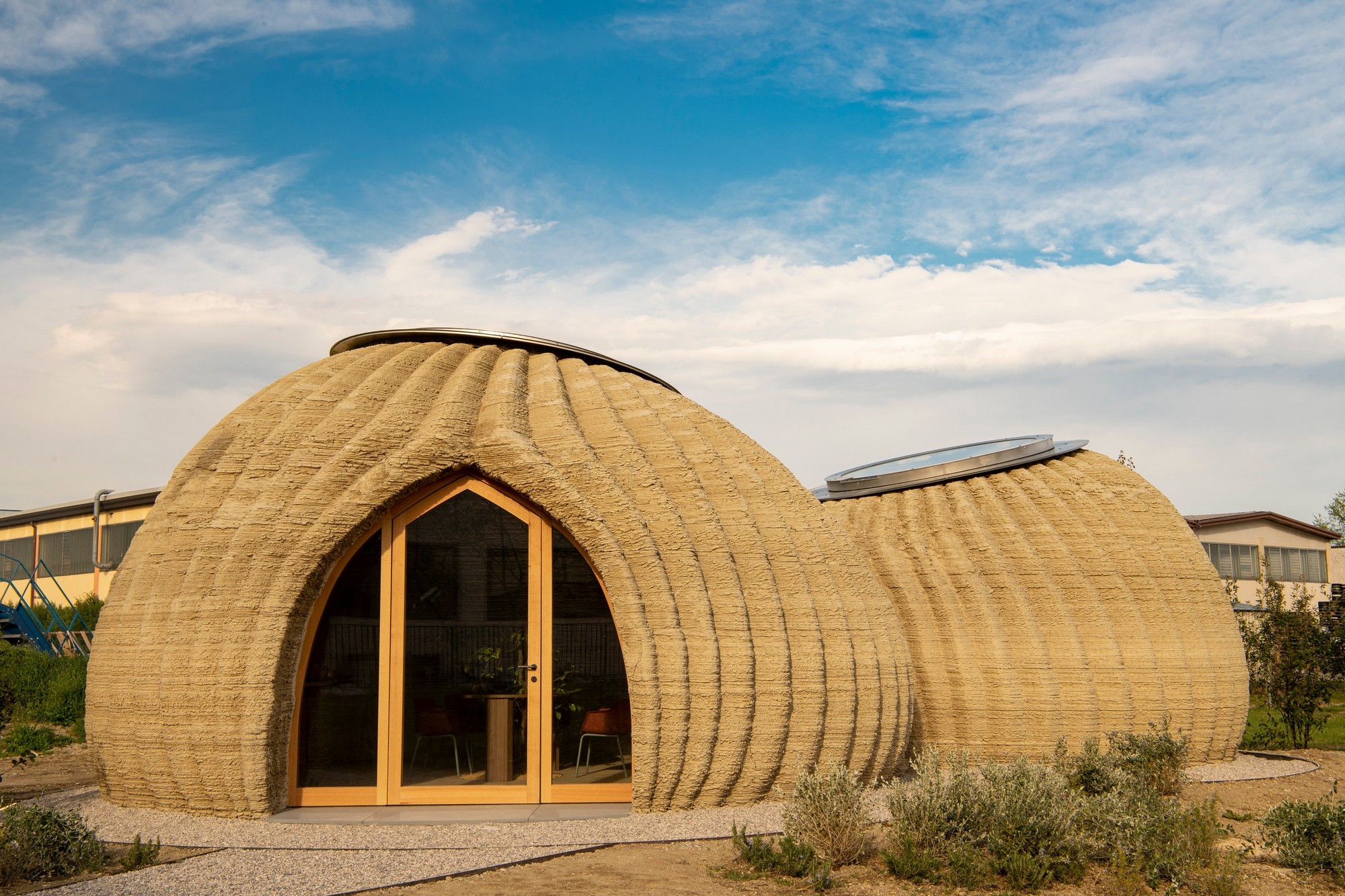Showcasing the world’s first 3D printed raw earth house
Held in Glasgow (31st October-12th November), COP26 has been organised under the umbrella of the UK-Italy Presidency Partnership.
TECLA (Technology + Clay), designed by Italy’s leading architecture studio Mario Cucinella Architects (MC A), is the first 3D printed eco-sustainable housing made entirely of raw earth. It has been chosen as one of seventeen building projects from around the world showcasing pioneering zero-carbon construction for Build Better Now, a virtual exhibition at the COP26 Built Environment Pavilion.

TECLA was selected for the exhibition as a globally important exemplar of how to address the reduction of the construction industry’s environmental impact which is significant as buildings currently consume over a third of energy produced and are responsible for 40 per cent of carbon emissions.

TECLA is not only a key creative contribution from the built environment sector but also an impactful illustration of the UK-Italy COP26 partnership. It is a truly ground-breaking step towards rethinking how ancient, natural and abundant building materials can be made to work using the latest technologies. TECLA houses are created entirely from recyclable materials, mostly soil from the earth around and beneath them. A team of just two people is needed to work on the 3D printed structures that consume an average of six kilowatts of energy during the construction process. The time to print a footprint of ca.60 sqm takes only 200 hours, so the model has real potential for emergency housing as well. TECLA was conceived in partnership with WASP (World’s Advanced Saving Project) who are global leaders in 3D printing technology.

Mario Cucinella says, “TECLA is an innovative habitat prototype that integrates research into vernacular construction practices, climate studies, and bioclimatic principles, together with the use of natural and local materials finding an answer for the Earth in the use of earth.”







7 Comments
check social signals
(April 24, 2023 - 4:06 pm)check social signals
xvvxwfyzt hhqdb muutyqn jqsh kkokyfhglvgfsze
deep sleep
(October 28, 2023 - 10:26 am)deep sleep
deep sleep
cafe
(October 29, 2023 - 3:27 am)cafe
cafe
sleep music
(October 30, 2023 - 6:35 pm)sleep music
sleep music
jazz music meaning
(November 4, 2023 - 6:19 am)jazz music meaning
jazz music meaning
musica treino
(January 6, 2024 - 10:09 pm)musica treino
musica treino
jazz relaxing music
(February 13, 2024 - 11:57 pm)jazz relaxing music
jazz relaxing music
Comments are closed.